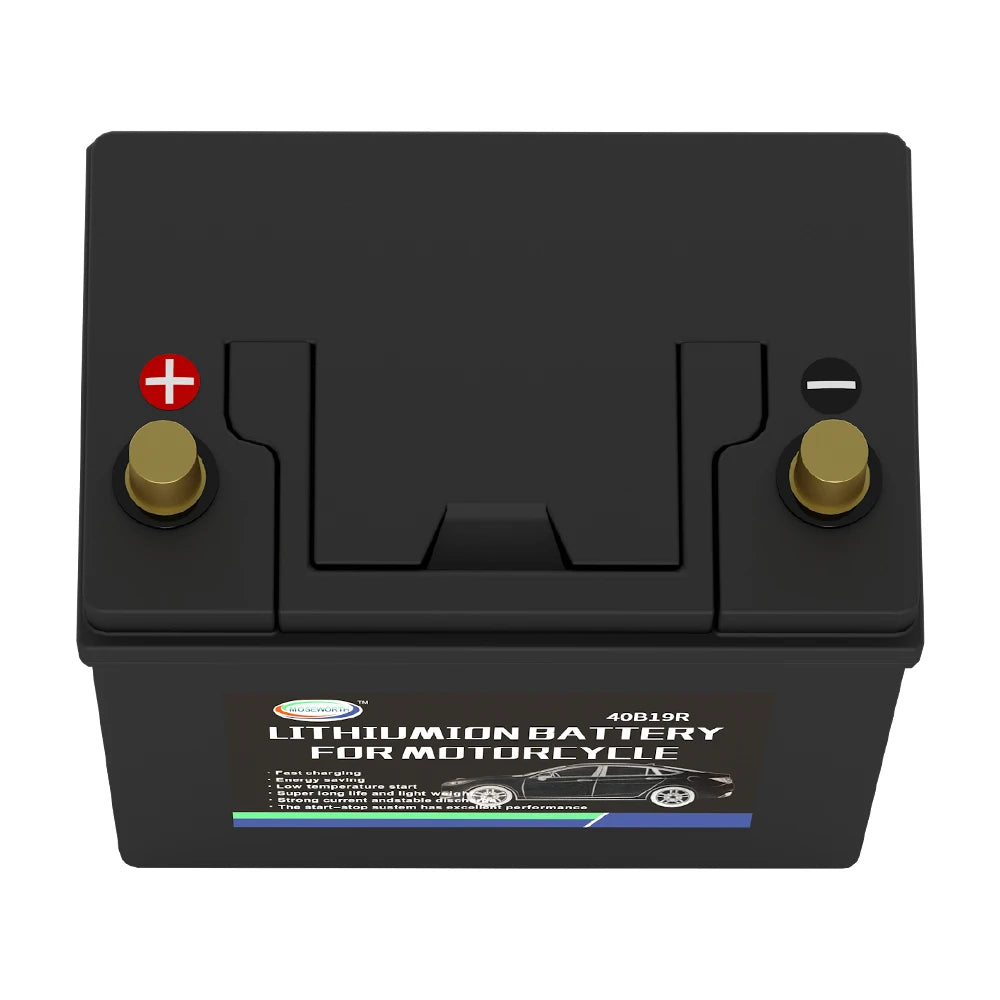
40B19 Car Battery 12.8V 20Ah CCA680 Car Starting Lifepo4 Battery Lithium Iron Phosphate Maintenance Free For Starting Automobile
SPECIFICATIONS
40B19L Polarity: Left Negative & Right Positive
40B19R Polarity: Left Positive & Right Negative
Battery Average Life: 5 years
Battery Cell Composition: LiFepo4
Battery Power: 20Ah
Battery Specific: maintenance free
Brand Name: MOSEWORTH
CCA: 680A
High-concerned chemical: None
Item Height: 20.2
Item Length: 19.6
Item Type: Car Batteries
Item Weight: 3.3
Item Width: 12.7
Origin: Mainland China
Output Voltage: 256Wh
Voltage: 12 V
Auto Car Automobile LiFePo4 Battery 12V 20AH 680CCA Lithium Ion Phosphate Battery
Model: 40B19L & 40B19R
Voltage: 12V
Battery Type: LiFePO4 Battery
Capacity: 20AH
CCA: 680A
40B19L & 40B19R Size: LxWxH(196*127*202mm)
Charging Efficiency: 3C
Start Transient Voltage Fluctuation: 0.2~0.5V
Discharging Temperature: -25~80Centigrade
Extremely Low self-discharge: <3% for LIFEPO4 versus >20% for SLA Battery.
Long Service Life: Its cycle can reach as long as 2000 times which is 7-10 times of SLA (the SLA battery is 300-500 times only).
Maintenance free: LifePo4 battery don't include any liquid then it is maintenance free.
Good performance, Lightweight: Weighs about 1/3 of same capacity SLA Battery.
Low Attenuation Rate: The attenuation rate of LifePo4 Battery is 5% per year, and SLA is 40% per year.
No Hazmat, Cleaner for the environment: Cleaner for the environment, No Hazmat, while LiCoO2 and SLA cause serious pollution to the environment.
Everyone knows that lithium batteries can explode, but it's really difficult for you to explode lithium iron phosphate batteries. Here's some knowledge about lithium iron phosphate batteries.
What is LiFePO4 Battery?
The lithium iron phosphate (LiFePO4) battery, also called LFP battery (with "LFP" standing for "lithium ferrophosphate"), is a type of rechargeable battery, specifically a lithium-ion battery, which uses LiFePO4 as a cathode material. LiFePO4 batteries have somewhat lower energy density than the more common lithium cobalt oxide (LiCoO2) design found in consumer electronics, but offer longer lifetimes, better power density (the rate that energy can be drawn from them) and are inherently safer. LiFePO4 is finding a number of roles in vehicle use and backup power.

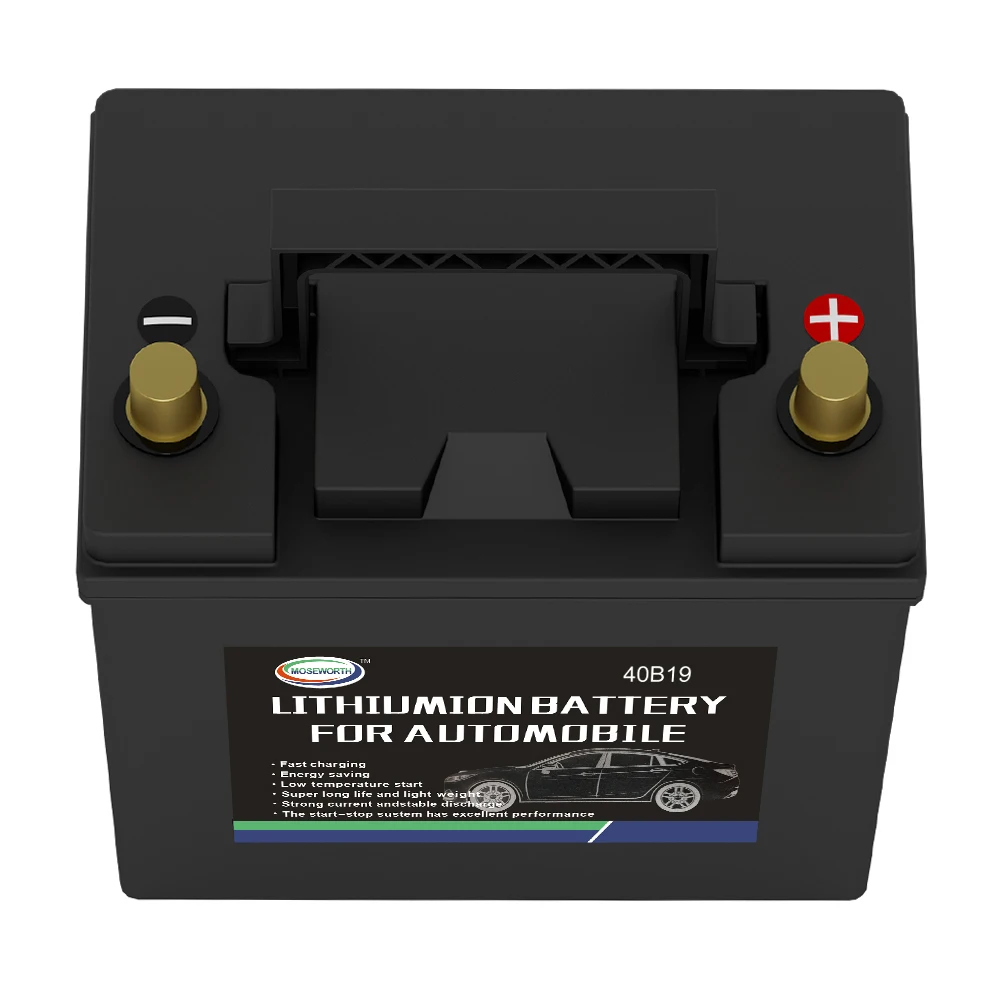

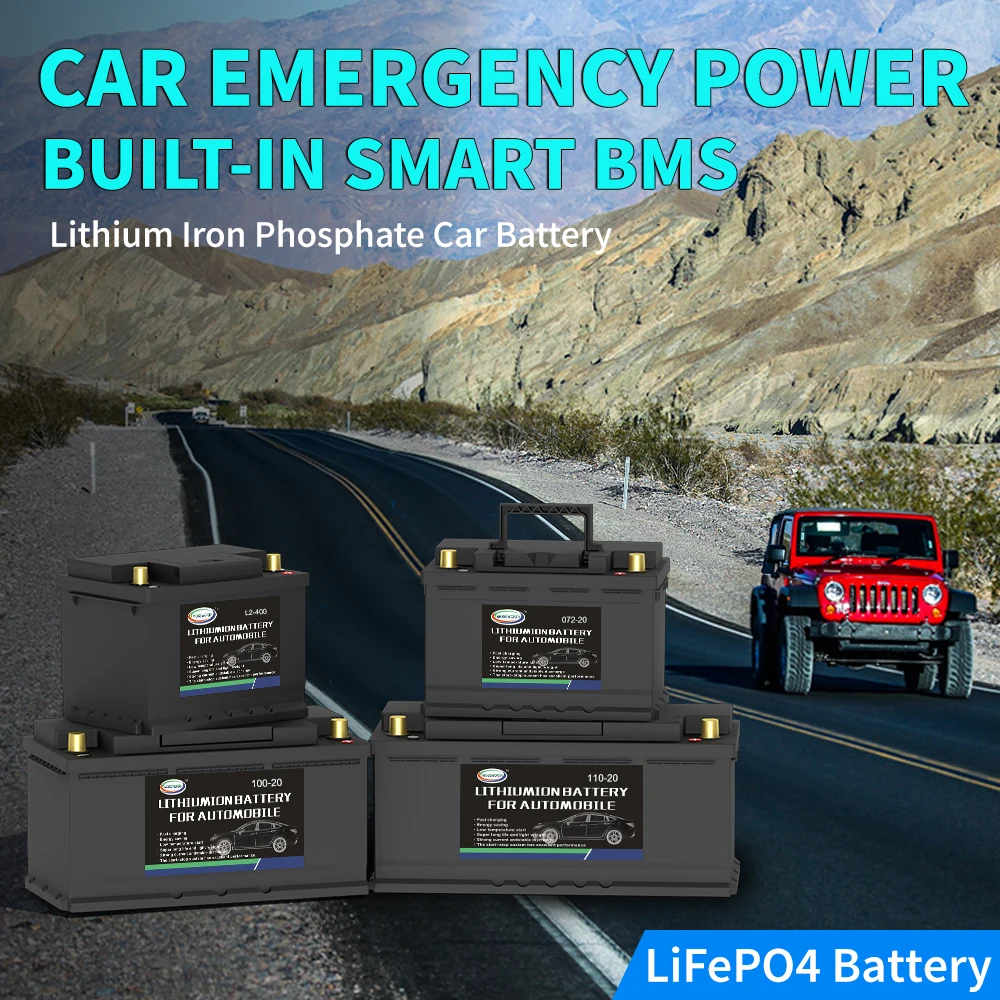
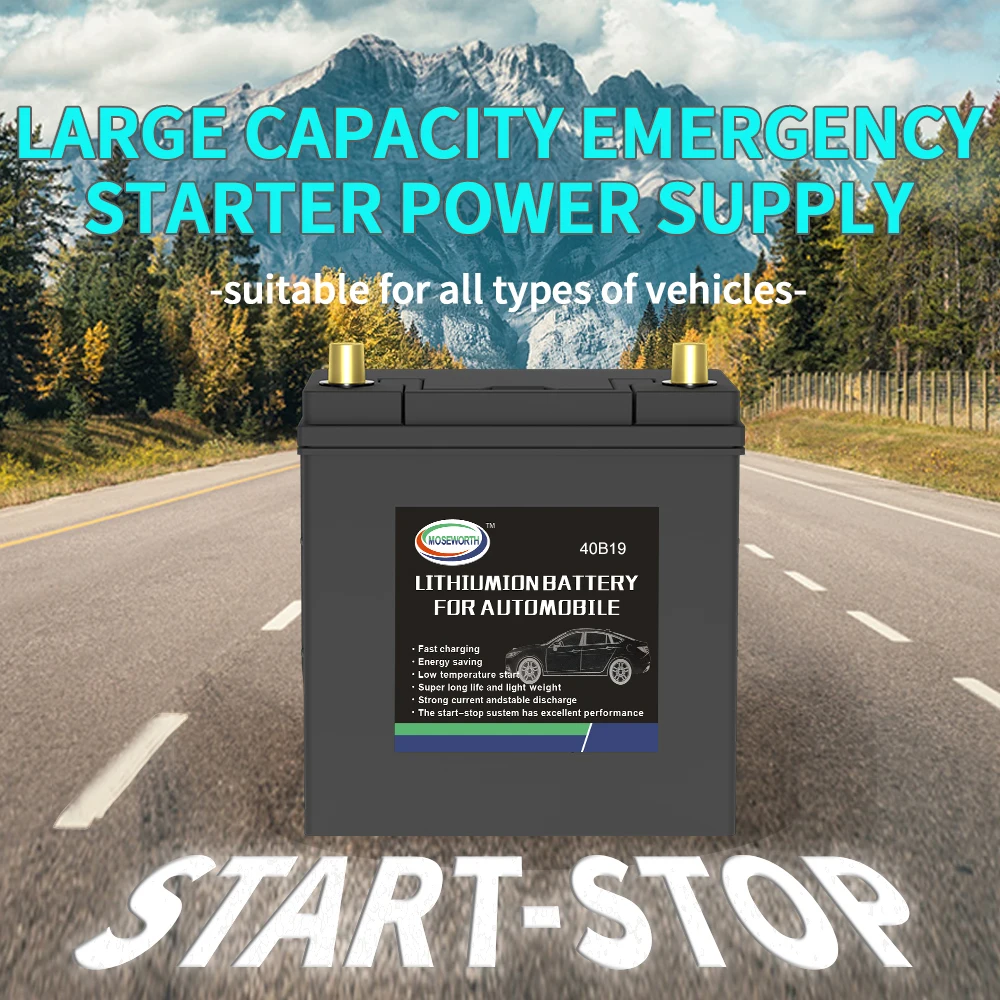

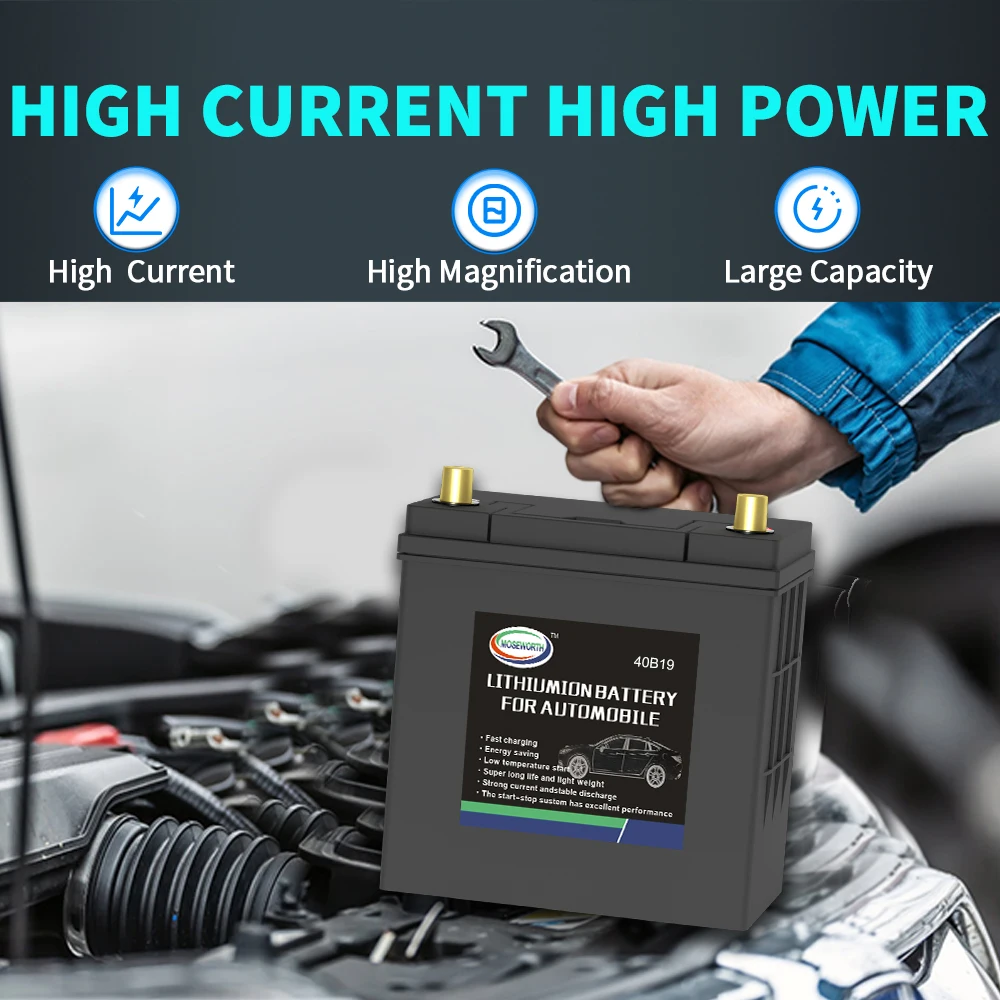
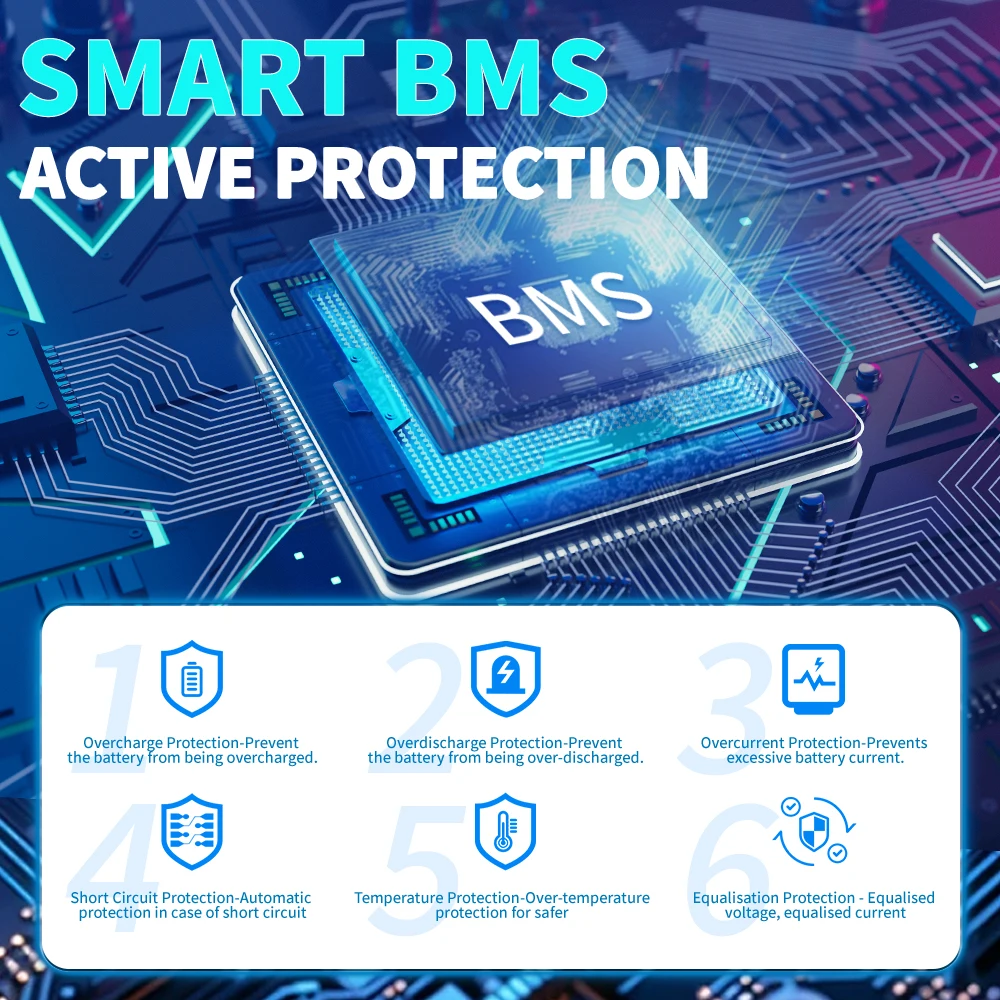
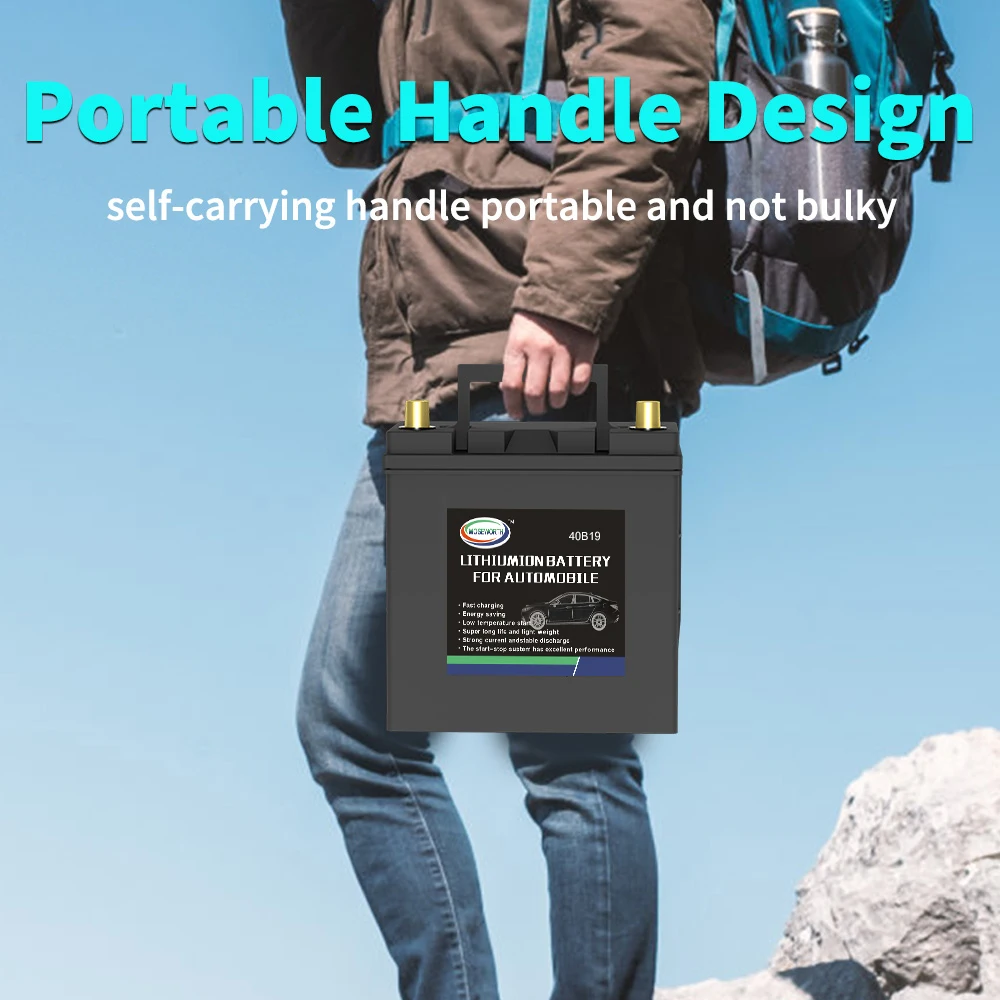


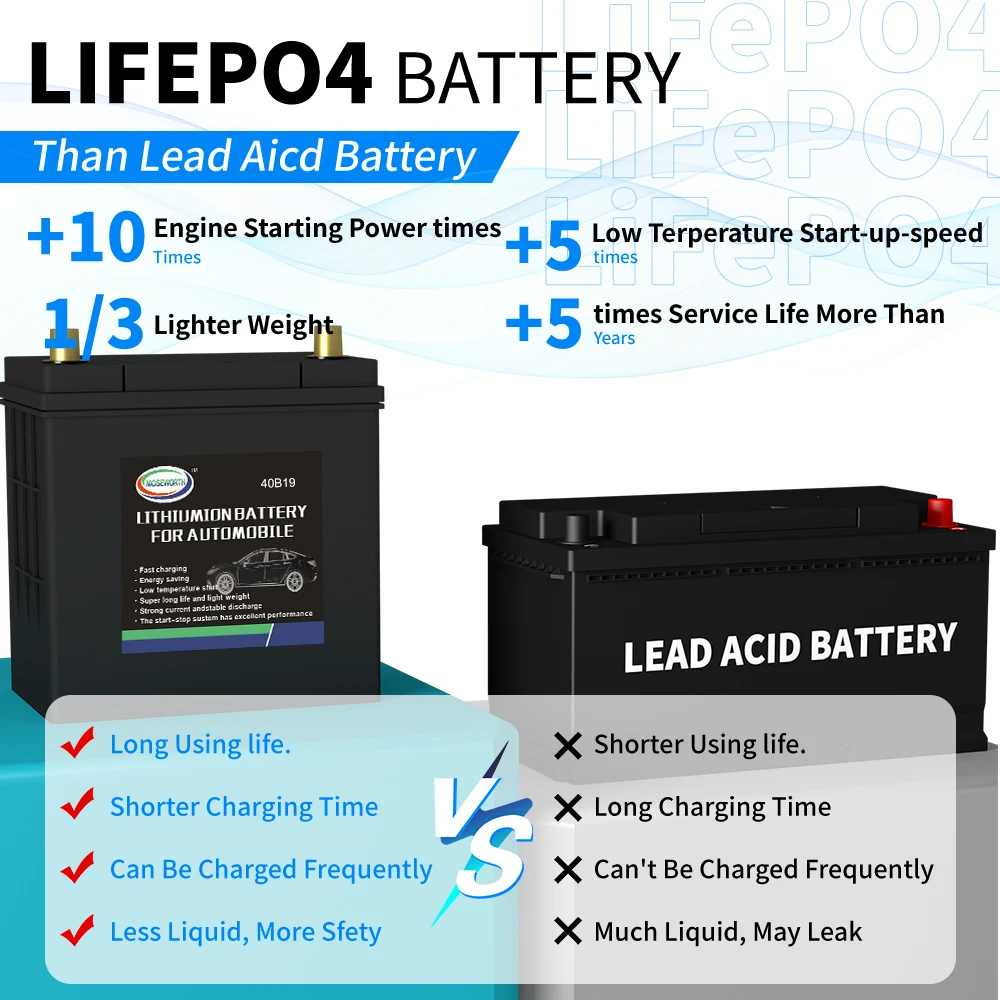

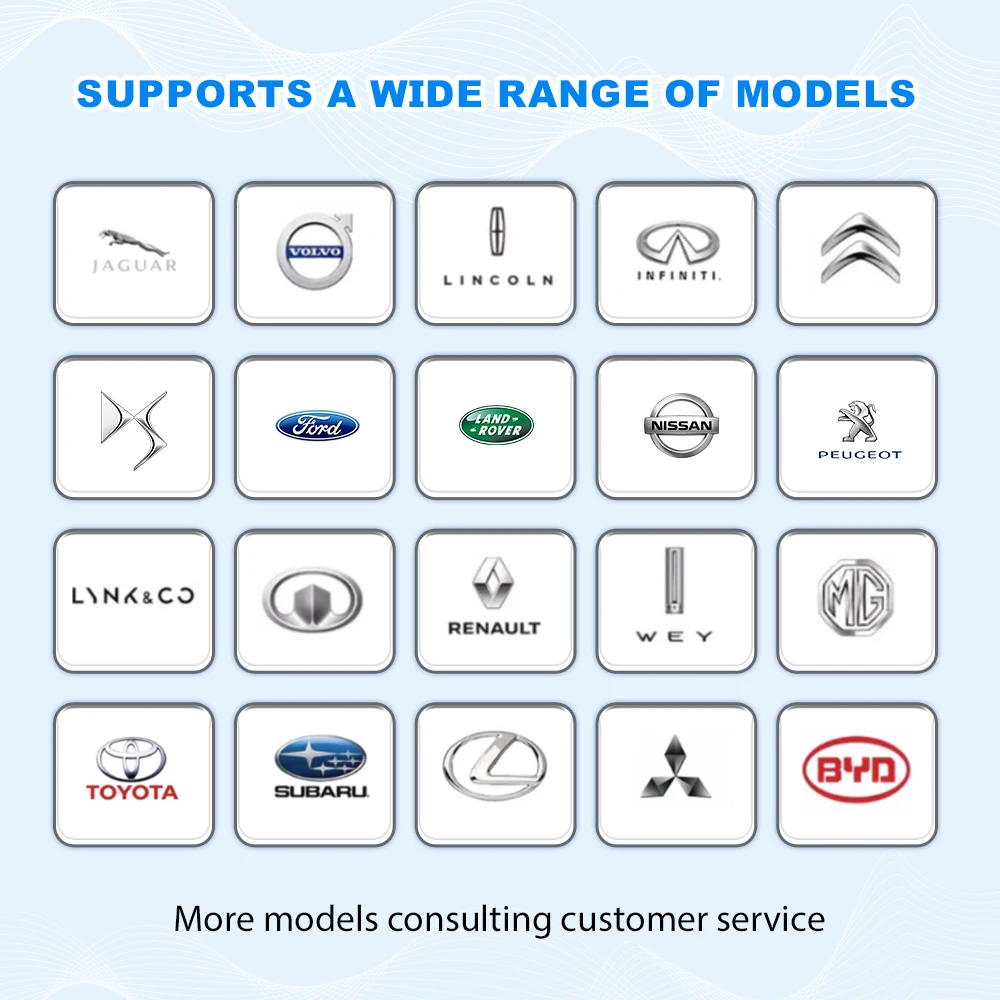
History
LiFePO4 is a natural mineral of the olivine family (triphylite). Its use as a battery electrode which was first described in published literature by John B. Goodenough's research group at the University of Texas in 1996, as a cathode material for rechargeable lithium batteries. Because of its low cost, non-toxicity, the natural abundance of iron, its excellent thermal stability, safety characteristics, electrochemical performance, and specific capacity (170 mA·h/g, or 610 C/g) it gained some market acceptance.The chief barrier to commercialization was its intrinsically low electrical conductivity. This problem was overcome by reducing the particle size, coating the LiFePO4 particles with conductive materials such as carbon, or both. This approach was developed by Michel Armand and his coworkers. Another approach by Yet Ming Chiang's group consisted of doping LFP with cations of materials such as aluminium, niobium, and zirconium. Products are now in mass production and are used in industrial products by major corporations including Black and Decker's DeWalt brand, the Fisker Karma, Daimler AG, Cessna and BAE Systems. MIT introduced a new coating that allows the ions to move more easily within the battery. The "Beltway Battery" utilizes a bypass system that allows the lithium ions to enter and leave the electrodes at a speed great enough to fully charge a battery in under a minute. The scientists discovered that by coating lithium iron phosphate particles in a glassy material called lithium pyrophosphate, ions bypass the channels and move faster than in other batteries. Rechargeable batteries store and discharge energy as charged atoms (ions) are moved between two electrodes, the anode and the cathode. Their charge and discharge rate are restricted by the speed with which these ions move. Such technology could reduce the weight and size of the batteries. A small prototype battery cell has been developed that can fully charge in 10 to 20 seconds, compared with six minutes for standard battery cells.
We are OEM factory, welcome customers from all over the world to discuss business cooperation.


If you are satisfied with our work and products, please leave us a five stars feedback and tell your friends;
If not, please contact us before leaving negative feedback.We can work together to resolve any dispute. Your satisfaction is our top priority.Welcome to our store!
















